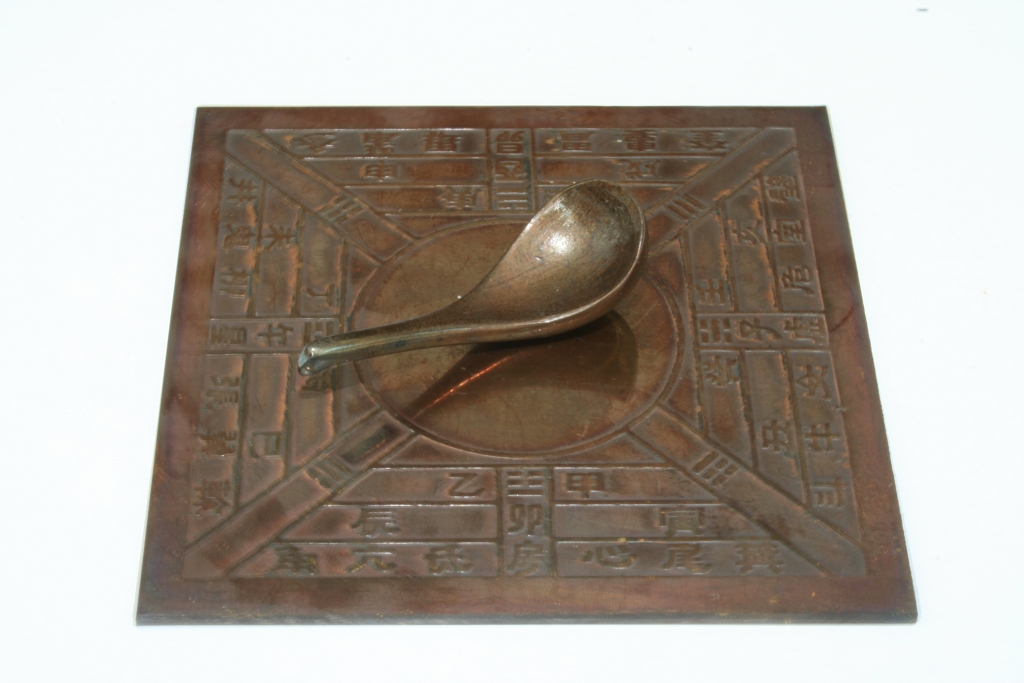What better way to understand how magnetic fields work than to see them for yourselves?
Materials:
• Magnetic field line cards (green) – one per child
• Magnetic nail polish
• Clear nail polish
• Assorted magnets of various shapes and sizes
• Large clear glass playing pieces
• Button magnets (at least ½ inch)
• E-6000 or other silicone glue
Procedure:
1. You will need to purchase some magnetic field viewer cards. They are sturdy and fairly inexpensive, so a single class set will last you a while. (You may also choose to just buy the magnetic film and make your own cards, but it doesn’t have the explanation printed on it.)
2. Pass out a magnet and a magnetic field viewing card to your students. Try the magnets with the field line cards. What looks the same, what’s different? How do you think the field line cards work? [See the magnetic field viewer cards for more explanation.]
3. Have the students trade their magnets around and see how the various shapes and sizes of the magnets affect the field viewer.
4. Give each student a glass piece and place it on the table with the rounded side down.
5. Paint a thin coating of clear polish on the flat surface.
6. Paint a reasonably thick coating of magnetic nail polish on the flat side of the piece. (Don’t shake your fingernail polish if it has been sitting on a shelf for a while. Instead roll it back and forth in the palm of your hands.)
7. Quickly (there’s only a small window of time for this) use magnets to create a design now that you know what the magnetic fields will do to the nail polish! You want to put the glass playing piece and the magnets as close as possible without touching one to the other.
8. Do not pick this up for a few minutes, and allow it to dry.
9. Once dry, use a silicone glue to attach a ceramic button magnet.
10. Now use your magnets to hang up masterpieces, papers with no name and missing homework!
Questions that often come up are, “How do magnets work?” or “Why is iron magnetic? or “What makes a magnet?” or “What is the magnetic field made of?”
Those are good questions, and they deserve a good answer. However, there is a lot about magnets at the atomic level that isn’t known yet. Just like with most of the other basic forces we are familiar with, such as gravity, electricity, mechanics and heat, scientists start by trying to understand how they work, what they do, whether there are any formulas that can be made to describe (and thus predict) their behavior so we can begin to control them, and so on.
The work always starts by simple observation (that’s the fancy word for playing around with the stuff!) That’s why it’s so important to have some hands-on experience with magnets.
Have your students take two magnets and tried to push like poles together. How far away do you start to feel the repulsion? How does the force vary with the distance between them? When the magnets are moved off-axis to each other (moving them to the side and not head on) what does it feel like? Could you describe it like trying to push two tennis balls together? When you flip one around, what changes? What about moving one around the other in a circle?
Encourage your students to try these things; that’s how you learn! Only when they play with magnets will they begin to understand how they work. This is the stuff great scientific pioneers did, like Faraday, Lenz, Gilbert, Henry and Fleming.
What we can find out through play are some of the basics of magnetism, like:
• The north pole of the magnet points to the geomagnetic north pole located in Canada above the Arctic Circle.
• North poles repel north poles
• South poles repel south poles
• North poles attract south poles
• South poles attract north poles
• The force of attraction or repulsion varies inversely with the distance squared
• The strength of a magnet varies at different locations on the magnet
• Magnets are strongest at their poles
• Magnets strongly attract steel, iron, nickel, cobalt, gadolinium
• Magnets slightly attract liquid oxygen and other materials
• Magnets slightly repel water, carbon and boron













